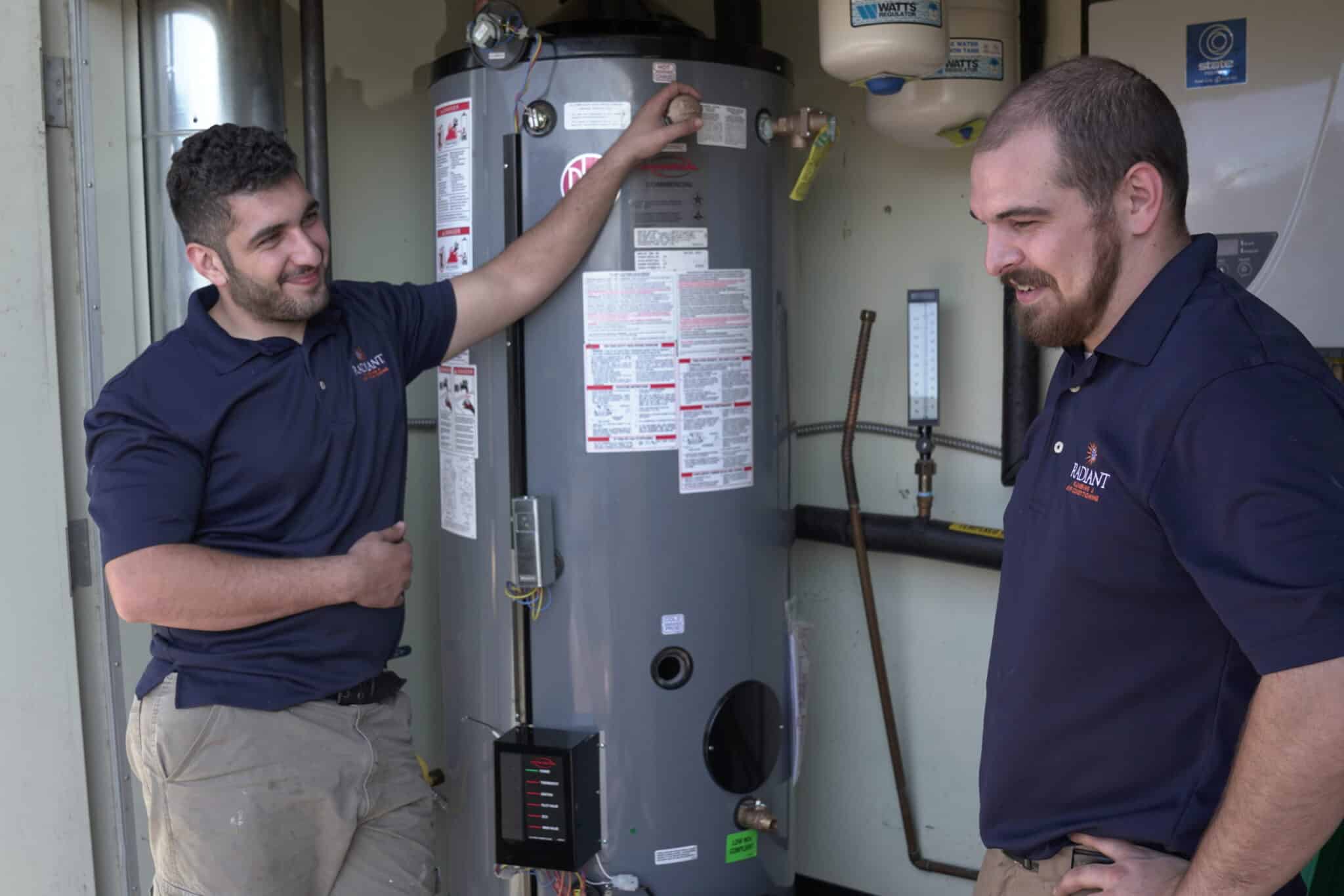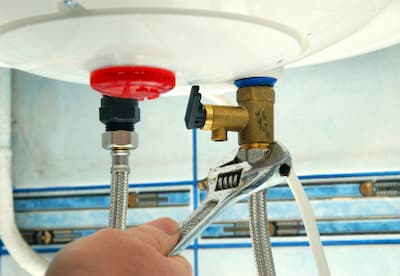Expert Advice on Maintaining Your Home's Hot Water System
Expert Advice on Maintaining Your Home's Hot Water System
Blog Article
Do you find yourself looking for facts about Tips on Maintaining a Water Heater?

Warm water is necessary for everyday convenience, whether it's for a refreshing shower or cleaning meals. To ensure your warm water system runs effectively and lasts longer, regular upkeep is crucial. This short article provides sensible suggestions and insights on just how to maintain your home's hot water system to stay clear of interruptions and costly fixings.
Introduction
Keeping your home's warm water system may seem overwhelming, but with a few straightforward steps, you can guarantee it operates efficiently for several years to find. This overview covers whatever from recognizing your hot water system to DIY maintenance suggestions and understanding when to contact professional assistance.
Importance of Maintaining Your Warm Water System
Regular maintenance not just extends the life expectancy of your hot water system however also guarantees it runs efficiently. Disregarding maintenance can cause lowered effectiveness, greater energy expenses, and also premature failing of the system.
Indicators Your Hot Water System Demands Maintenance
Understanding when your warm water system requires attention can stop significant issues. Keep an eye out for signs such as inconsistent water temperature level, weird noises from the heating unit, or corroded water.
Recognizing Your Hot Water System
Prior to diving right into maintenance tasks, it's valuable to recognize the basic elements of your warm water system. Typically, this includes the water heater itself, pipes, anode poles, and temperature level controls.
Month-to-month Maintenance Tasks
Routine regular monthly checks can aid capture minor problems before they intensify.
Flushing the Water Heater
Flushing your water heater removes sediment buildup, enhancing effectiveness and lengthening its life.
Monitoring and Changing Anode Rods
Anode poles protect against deterioration inside the container. Inspecting and changing them when worn is important.
Checking and Changing Temperature Settings
Adjusting the temperature settings makes sure ideal performance and security.
DIY Tips for Maintenance
You can perform numerous upkeep tasks yourself to keep your hot water system in top condition.
Checking for Leaks
On a regular basis evaluate pipelines and links for leakages, as these can cause water damages and higher expenses.
Evaluating Pressure Relief Valves
Evaluating the stress safety valve ensures it functions properly and stops extreme pressure buildup.
Shielding Pipelines
Shielding warm water pipelines minimizes warm loss and can save energy.
When to Call a Specialist
While do it yourself maintenance is helpful, some issues require specialist expertise.
Facility Problems Requiring Professional Assistance
Examples consist of significant leaks, electric issues, or if your water heater is consistently underperforming.
Regular Expert Maintenance Benefits
Specialist maintenance can consist of complete evaluations, tune-ups, and guaranteeing conformity with security standards.
Final thought
Regular upkeep of your home's hot water system is necessary for performance, durability, and expense savings. By adhering to these suggestions and recognizing when to seek specialist assistance, you can make certain a trustworthy supply of hot water without unforeseen disruptions.
Water Heater Maintenance Tips
Test the TPR Valve
Shut off the power and the cold-water supply valve. Place a bucket under the pipe connected to the temperature-pressure-release (TPR) valve on the top or side of the tank. (This valve opens if the tank pressure gets too high.) Lift the valve’s tab to let some water out, then let go. If water keeps flowing, drain the tank partway, unscrew the old valve with a pipe wrench, and install a new one. Check the Anode Rod
Put a hose to the tank’s drain cock and let out a few gallons of water. Now fit a 1 1/16-inch socket onto the rod’s hex head on top of the heater (or under its top plate) and unscrew the rod. If it’s less than ½ inch thick or coated with calcium, buy a new one, wrap its threads with Teflon tape, put it back in the tank, and tighten securely. Use this segmented rod if headroom above the tank is limited. Drain the Tank and Wash Out Sediment
Drain the remaining water in the tank into the bucket, then stir up the sediment on the tank’s bottom by briefly opening the cold-water supply valve. Drain and repeat until clean water comes out of the hose. Close the drain cock, refill the tank, and turn its power back on. Adjust the Temperature
Find the temperature dial on the side of the tank and unscrew its cover. Adjust the dial to 120 degrees using a flathead screwdriver. For every 10 degrees the temperature is lowered, you can expect to save up to 5 percent in energy costs. Turn the water heater off or the thermostat down to its lowest setting if you plan to be away from home for more than three days. Insulate the Pipes
Buy some self-sticking 3/8-inch-thick foam pipe insulation that matches the pipes’ diameter. Slide the foam over the hot-and cold-water pipes as far as you can reach. Insulating the cold-water pipe prevents condensation in summer. Peel the tape and squeeze the insulation closed. If the pipe is 6 inches or less from the flue, cover it with 1-inch-thick unfaced fiberglass pipe wrap. https://www.thisoldhouse.com/plumbing/21016402/how-to-maintain-a-water-heater

I came across that blog post about What Kind of Maintenance Do Water Heaters Need? while surfing around the search engines. You should take the time to share this content if you liked it. I enjoy your readership.
Call Today Report this page